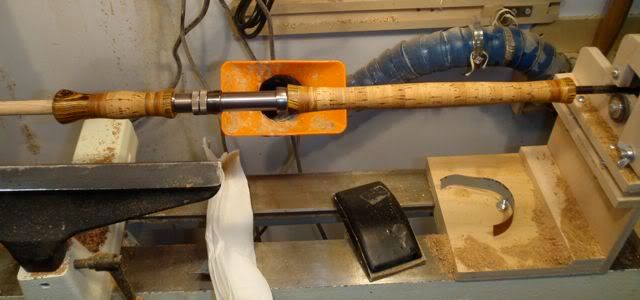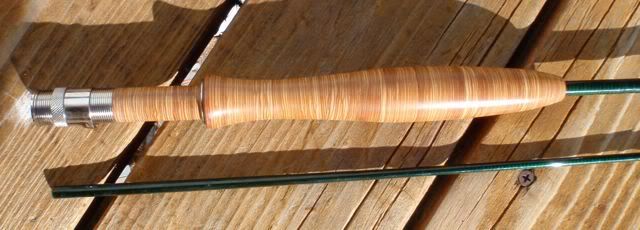I was shuffling through a flyfishing website from Korea and found this picture. I was drawn to the grip on the flyrod. It seems to be turned and carved. Another project for the future! Nice fish, too. With all I have on my To-Do list, I'll be 137 years old before I get caught up!
Cut and paste:
http://cafe352.daum.net/_c21_/album.../original/175BF4164A1A1961B861C1&title=viewer
Cut and paste:
http://cafe352.daum.net/_c21_/album.../original/175BF4164A1A1961B861C1&title=viewer


